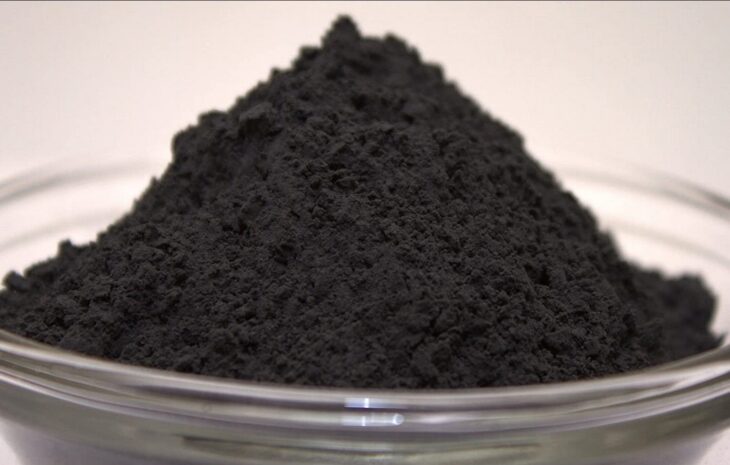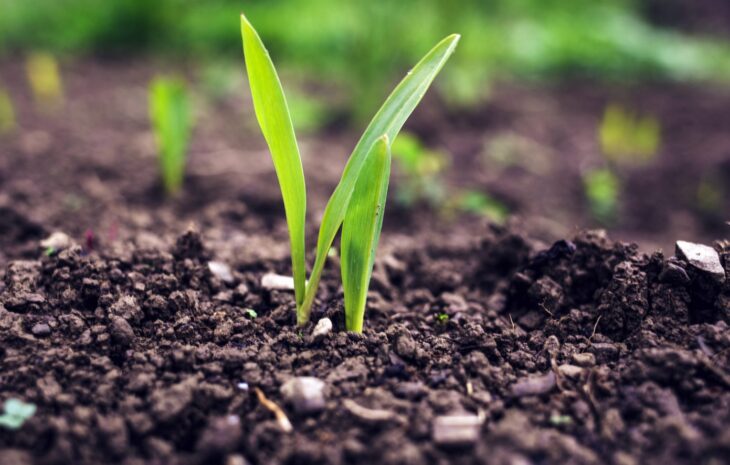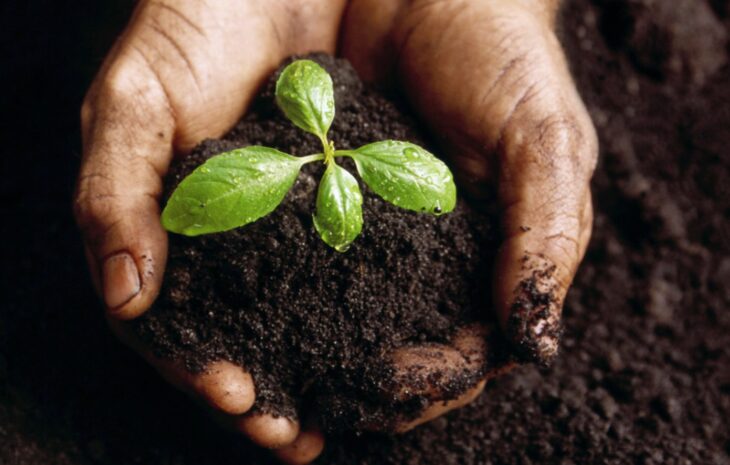If you have a garden, you know how hard it is to keep your plant healthy and strong. Maybe, in the beginning, you naively thought that you plant the seeds, and nature will take care of the rest. All you’d have to do is water it from time to time.
By now, you probably know that it requires a bit more effort than that, but, in the meantime, you’ve started to experience some of the mental health benefits of gardening, so you know it’s well worth it.
Humic acid is extremely important to a healthy garden because it increases nutrient uptake, helps plants grow stronger roots, and improves soil structure. But what is humic acid, and how do you use it? Let’s find out.

Source: Amazon.com
Contents
What Is Humic Acid?
Humic acid is a biostimulant or bioenhancer. Biostimulants increase yields and plant quality indirectly by boosting nutrient uptake and utilization. This means that they do not provide nutrients directly, nor do they kill pathogens or pests. Instead, they increase plant tolerance to stressors such as weather, diseases, and pests.
The compounds found in humic acid are derived from decomposed organic materials that include coal, peat, and leonardite. Most humic acid products you find on the market are extracted from leonardite.
How Do I Use Humic Acid?
The application depends on the type of product you buy. First of all, to make sure you choose the best humic acid products, you should look online for reviews and compare options. If you get a powder product, it can be applied dry, but it’s usually mixed with water. The proportions vary, so you’ll want to check the label for instructions.
If you want to use it for foliar spraying, you usually mix one teaspoon of powder with one gallon of warm water. You should do this outside since it can get quite messy, and you want to make sure the powder dissolves thoroughly before you apply the solution.
If you get a liquid product, the process is much easier because you just have to dilute it. Again, you will have to check the label for precise instructions and proportions. Usually, for soil application, the mix should be 1:10, and for foliar spraying, it should be 1:50.
When applied to the soil, humic acids increase its ability to hold water, which helps with seed germination and root growth.

Source: Gulf Agriculture
Seed Starting and Transplanting
As we mentioned above, you can also use humic acid in small quantities to start seedlings and when transplanting.
The liquid products are best for seedling, and you should use powder products for transplanting.
Compost Correction
If you’ve been using compost in your garden for years and you’re starting to see a decline instead of an improvement, there’s a chance that you’ve overloaded the soil with compost. The first thing you need to do is a soil test. If the test shows high levels of potassium and phosphorous, pH above 7.0, and more than 15% organic matter, it’s time for a break from the compost.
During this time, you can use humic acid products instead of compost to improve the soil and help with optimal nutrient absorption in sub-optimal soil conditions.

Source: Los Angeles Daily News
Mineral Deficiencies
Humic acid will help your plants improve their capacity to access minerals, so it’s especially useful for such deficiencies. The products that come in liquid form, alongside the missing nutrients, are preferred for this use. After you mix the product with water as per the instructions on the label and spray the underside of the leaves and then apply the product to the soil.
Keep in mind that the humic acid cannot save the leaves that have already been damaged. However, if you’ve correctly identified a mineral deficiency and applied the product, so long as there are no other health issues with your plants, they should be able to grow new healthy leaves. The humic acid should also stop any further discoloration on old leaves.
Cost Control
Since humic acid improves a plant’s ability to absorb and utilize nutrients, it means you will have to spend less on compost. If you don’t make your own compost and you buy it, this can be very useful. Even if you mix humic acid products with organic fertilizer, it will still cost less than buying compost.
What’s even better is that if you can cut back on compost, it will make your gardening days a lot easier. We all know what a pain it is to move around wheelbarrow after wheelbarrow of compost. As much as you love your garden, this is probably not one of your favorite duties to it. In contrast, a 5-pound box of granular humic acid is enough to cover as much as 500 square feet.

Source: Pinterest
Benefits
One of the main benefits of humic acid that we’ve already discussed is its ability to increase nutrient uptake in plants. Only applying compost is not an efficient way to build up humus levels in your garden’s soil because it decomposes quickly, leaving its minerals behind and releasing carbon into the atmosphere. Humic acid, on the other hand, has much more stable and long-lasting bio-molecules, and this is why it’s such a great bioenhancer for gardens and why it pairs so well with fertilizers.
Without the humic acid, some of the nutrients you are trying to provide your plants with will become inaccessible to them, so you’re practically losing some of the money you’ve invested.
What’s more, humic acid doesn’t just increase nutrient absorption. It also prevents some of the more harmful toxins from pesticides and other pollutants from entering your plants. The molecules from these substances are captured by the humic molecules and prevented from degrading the soil quality.
Now scientists are becoming increasingly aware of how pesticides have damaged the healthy microbiome from soil environments and how important it is to the health of the plants we grow and consume. Humic acid helps restore healthy microbial populations by providing them with both food in the form of carbon and a shelter so they can colonize.
